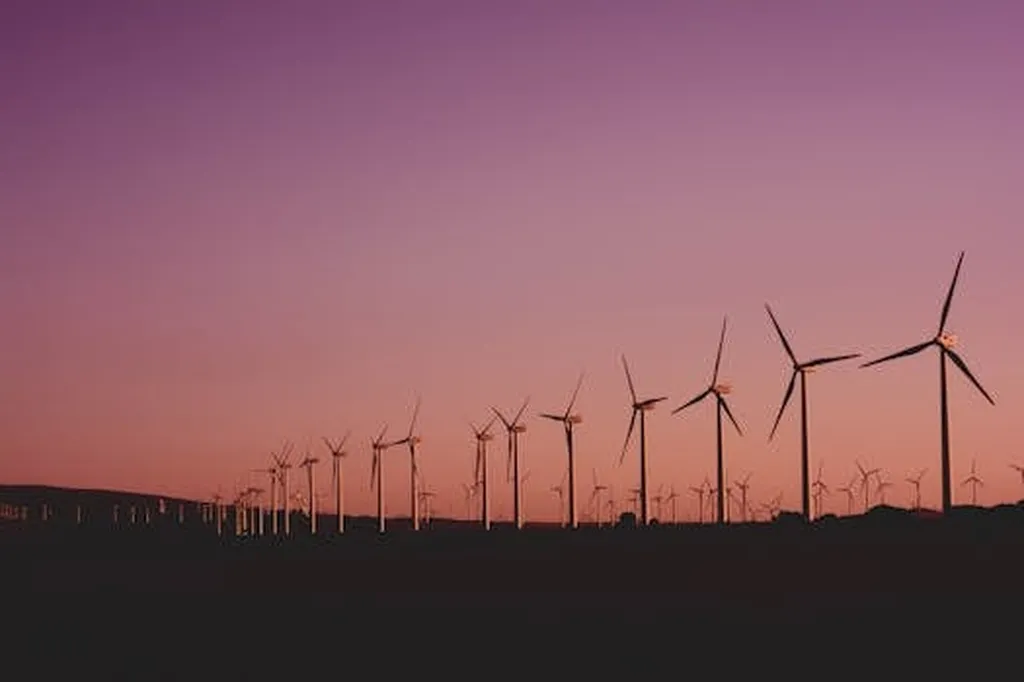Researchers from the University of Texas at Austin and the National Renewable Energy Laboratory have developed a new machine learning approach to optimize wind farm layouts for maximum energy production. This research, published in the journal Applied Energy, aims to improve the efficiency of wind farms, a crucial component of the renewable energy sector.
Wind farm optimization is a complex process that requires accurate predictions of wake flow, which is the disturbed airflow downstream of a wind turbine. These predictions help determine the optimal positioning of turbines to maximize annual energy production (AEP). Traditionally, high-fidelity simulations like large-eddy simulation (LES) provide accurate wake flow predictions but are computationally expensive. On the other hand, reduced-order models like the Gaussian-curl hybrid (GCH) offer computational efficiency but with lower accuracy.
The researchers integrated LES results and the GCH model to create a machine learning framework based on an autoencoder-based convolutional neural network. This framework allows for reliable and cost-effective prediction of the wake flow field. The machine learning model was trained using high-fidelity LES results as the target vector, while low-fidelity data from the GCH model served as the input vector.
To demonstrate the efficiency of the machine learning model, the researchers applied it to the South Fork wind farm, an offshore wind project located near Rhode Island. The model was then integrated into a greedy optimization algorithm to determine the optimal wind farm layout in terms of turbine positioning. The optimized layout achieved a 2.05% improvement in AEP over the existing wind farm design.
This research highlights the potential of machine learning to enhance the efficiency of wind farms, a vital component of the global transition to renewable energy. By optimizing turbine positioning, wind farms can produce more energy, making them a more viable and attractive option for energy providers and investors. The practical applications of this research extend to both onshore and offshore wind farms, offering a promising avenue for improving the performance of existing and future wind energy projects.
This article is based on research available at arXiv.

